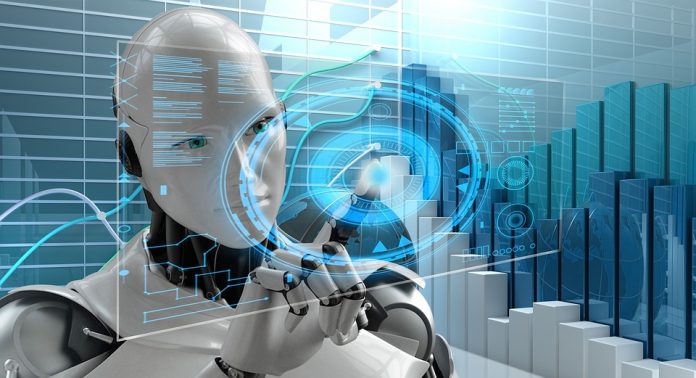When it comes to machine learning, the concept of bias-variance tradeoff is an important one to understand. In simple terms, it refers to the balance that must be struck between overfitting and underfitting a model in order to achieve optimal accuracy. But what exactly does that mean, and why should you care? In this post, we’ll explore the ins and outs of this concept, and explain why it’s so valuable for anyone working in the field of artificial intelligence.
What is Bias-Variance Tradeoff?
Before we dive into the specifics of bias-variance tradeoff, let’s define our terms. At its most basic level, “bias” refers to the difference between a model’s predicted values and the actual values in the data set. If the model is too simplistic, it may be “underfit” and result in high bias. “Variance,” on the other hand, refers to the difference between the model’s predicted values and the mean value of the data. If the model is overly complex, it may be “overfit” and result in high variance.
So how do these two concepts relate to one another? In order to find the sweet spot of model accuracy, one must strike a balance between bias and variance. In other words, the goal is to find a model that is neither too complex nor too simplistic – in order to make confident predictions. This is where the tradeoff part of the equation comes in.
How does bias-variance tradeoff work?
The bias-variance tradeoff is a crucial consideration in the development of any machine learning model. The general idea is that we want to reduce both bias and variance in order to get the most accurate predictions from our models. But too much focus on one over the other can lead to diminishing returns – we’re looking for a balance in the middle.
The tradeoff comes in when we adjust the complexity of our model. A model with high bias might be excessively simple, such as a linear regression that tries to fit a curve to data that isn’t really linear. A model with high variance, on the other hand, might be excessively complex, such as a neural network with too many hidden layers.
When a model is too simple (high bias), it generally has low variance but is also unlikely to represent the true underlying process generating the data. When a model is too complex (high variance), it may fit the training data well but fail to generalize to new data because it’s capturing noise rather than signal.
Why is bias-variance important for AI?
Machine learning methods such as neural networks, decision trees, and random forests all suffer, to some extent, from bias or variance. The problem is endemic to this field; no model is perfect and every approach has its own set of limitations. As a practitioner, the key is to manage the tradeoff so that our models generalize well.
The importance of bias-variance tradeoff extends far beyond pure machine learning applications. It’s also relevant in decision making domain where, whether we are aware of it or not, we apply the idea of bias-variance tradeoff in our everyday lives. In fact, most people can probably imagine situations in which a decision based on too little information (high bias) or too much information (high variance) would be suboptimal.
To make informed decisions, we must therefore learn to strike the right balance between these two extremes. We must consider not only the amount of information we have but also the quality of that information, and weigh the potential costs and benefits of each alternative with care.
How to strike the right balance?
So, how do we strike that balance? The answer, unfortunately, is not simple.
One approach is to use a technique called regularization. Regularization is a process of adding extra restrictions to the model to prevent overfitting. There are several methods of regularization, such as L1, L2 regularization, and dropout regularization.
Another approach is cross-validation. Cross-validation splits the data into a training set and a validation set, with the latter being used to estimate the generalization error of the model on new data. This can help to identify when a model has either too much bias or too much variance.
In general, it’s important to be mindful of the bias-variance tradeoff when designing and training machine learning models. Even the most experienced practitioners can sometimes succumb to the temptation to overcomplicate a model, or to withhold information that would be useful for improving model accuracy.
Conclusion
In conclusion, the bias-variance tradeoff is a critical concept in the field of artificial intelligence. It’s a delicate balance between overfitting and underfitting – a model must be complex enough to capture the nuances of the data it’s trained on, but not so complex that it fails to generalize to new situations. This balance is key to creating models that are both accurate and useful.
The good news is that with proper training and careful experimentation, it’s possible to optimize models for this tradeoff. By combining statistical theory and a bit of intuition with powerful tools like regularization and cross-validation, AI practitioners can navigate the tradeoff and create models that are highly accurate, highly flexible, and highly valuable. Whether you’re working in medical imaging, autonomous vehicles, or any other field that relies on AI, understanding the bias-variance tradeoff is a crucial step towards success.

